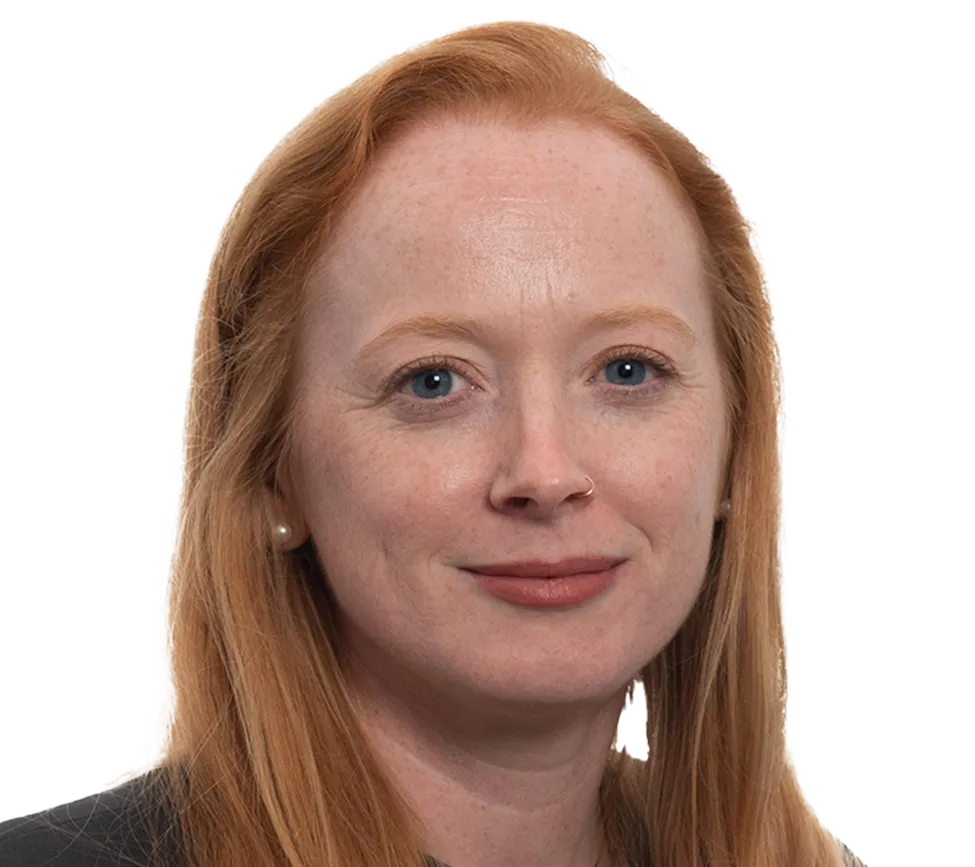Moshage SG, McCoy AM, Kersh ME. Elastic modulus and its relation to apparent mineral density in juvenile equine bones of the lower limb. Journal of Biomechanical Engineering 2023, 145(8):1-13. Selected as Editors' Choice Paper.
Manandhar S, Song H, Moshage SG, Craggette J, Polk JD, Kersh ME. Spatial variation in young ovine cortical bone properties. Journal of Biomechanical Engineering 2023, 145(6):061002.
Yan C*, Moshage SG*, Kersh ME. Play during growth: the effect of sports on bone adaptation. Current Osteoporosis Reports 2020, 18:684 — 695. *authors contributed equally.
Ellerbrock R, Canisso I, Larsen R, Garrett K, Stewart M, Herzog K, Kersh ME, Moshage SG, Podico G, Lima F, Childs B. Fluoroquinolone exposure in utero did not affect articular cartilage of resulting foals. Equine Veterinary Journal 2020, 53: 385 — 396.
Moshage SG, McCoy AM, Polk JD, Kersh ME. Temporal and spatial changes in bone accrual, density, and strain energy density in growing foals. Journal of the Mechanical Behavior of Biomedical Materials 2020, Volume 103.
Conference Abstracts
Moshage SG, Petersen CA, Dillon AD, Brightbill EL, Delgorio PL, Torres WM, Holyoak DT, Siskey RL. From benchtop to in silico: Factors influencing radiofrequency-induced heating of bone. International Society for Magnetic Resonance in Medicine, 2025.
Petersen CA, Moshage SG, Dillon AD, Brightbill EL, Delgorio PL, Torres WM, Holyoak DT, Siskey RL. High-fidelity modeling required for reliable RF heating assessments in bone. Orthopaedic Research Society, 2025.
Hammack SM, Moshage SG, Kersh ME, McCoy AM. Sex-specific myokine response to exercise in foals. Orthopaedic Research Society, 2025.
Opolz MD, Moshage SG, McCoy AM, Kersh ME. Predicting ground reaction forces from Froude number in growing foals. American Society of Biomechanics, 2024.
Hammack SM, Moshage SG, Kersh ME, McCoy AM. Serial measurements of systemic myokine levels in exercised foals: A pilot study. Orthopaedic Research Society, 2024.
Kersh ME, McCoy AM, Moshage SG. Determinants of juvenile trabecular bone quality. American Society for Bone and Mineral Research, 2023.
Mircoff SE, Teague AJ, Moshage SG, Sipes GC, McCoy AM, Kersh ME. Mechanical loading during normative ambulation does not contribute to periosteal formation in developing foals. Orthopaedic Research Society, 2023.
Teague AJ, Mircoff SE, Sipes GC, Moshage SG, McCoy AM, Kersh ME. Predicting macroscale bone growth with and without mechanical loading data. Orthopaedic Research Society, 2023.
GC Sipes, Moshage SG, Hammack S, McCoy AM, Kersh ME. Bone quality differences in fracture-prone regions of the equine third metacarpal. Orthopaedic Research Society, 2022.
Halloran KM, Moshage SG, Hammack SM, McCoy AM, Kersh ME. Compressive stresses and strain on the equine third metacarpal during growth. Summer Biomechanics, Bioengineering, and Biotransport Conference, 2020.
Pineda Guzman RA, Goldsmith S, Moshage S, Kersh ME. Replicating ligament multi-scale mechanical behavior using synthetic architected fibers. Orthopaedic Research Society, 2020.
Presentations
Moshage SG, Hammack SM, McCoy AM, Kersh ME. Full field analyses of equine bone reveal that adaptation to exercise may be sensitive to exercise mode. Poster presentation, Orthopaedic Research Society, Long Beach, CA, 2024.
Holyoak DT, Brightbill EL, Delgorio PL, Petersen CA, Moshage SG, Fox J, Siskey RL. RF heating methods for implants in bone: an ongoing challenge in MRI compatibility. Poster presentation, Orthopaedic Research Society, Long Beach, CA, 2024.
Moshage SG, McCoy AM, Kersh ME. Elastic strength and its relation to mineral density in juvenile equine bones of the lower limb. Podium presentation, Summer Biomechanics, Bioengineering, and Biotransport Conference, Cambridge, MD, 2022.
Moshage SG, Sipes GC, McCoy AM, Kersh ME. Development of a density-modulus relationship for juvenile equine bone. Poster presentation, Orthopaedic Research Society, Tampa, FL, 2022.
Moshage SG, Polk JD, Kersh ME. Ovine cortical bone responds to moderate exercise with increased density but not bone area fraction. Poster presentation, Summer Biomechanics, Bioengineering, and Biotransport Conference, Virtual, 2020.
Moshage SG, McCoy AM, Polk JD, Kersh ME. The effect of changes in mineral density and bone area fraction on strain energy density in growing foals. Podium presentation, 56th Annual Technical Meeting of the Society of Engineering Science, St. Louis, MO, 2019.
Moshage SG, McCoy AM, Polk JD, Kersh ME. Spatial heterogeneity in bone structure and composition during growth. Poster presentation, Bone and Muscle Interactions, Indianapolis, IN, 2019.
Moshage SG, McCoy AM, Vining R, Polk J, Kersh ME. Structural changes in equine proximal phalanx during growth. Podium presentation, Equine Science Society Symposium, Asheville, NC, 2019.
Moshage SG, Vining R, McCoy AM, Polk J, Kersh ME. Equine proximal phalanx bone properties during growth. Podium presentation, Pan-American Congress of Applied Mechanics, Ann Arbor, MI, 2019.
Moshage SG, Vining R, McCoy A, Polk J, Kersh ME. Changes in structure and loading conditions of the equine proximal phalanx during growth. Poster presentation, American Society of Biomechanics, Rochester, MN, 2018.
Moshage SG, Vining R, McCoy A, Polk J, Kersh ME. Changes in equine proximal phalanx morphology and density during growth. Poster presentation, World Congress of Biomechanics, Dublin, Ireland, 2018.

